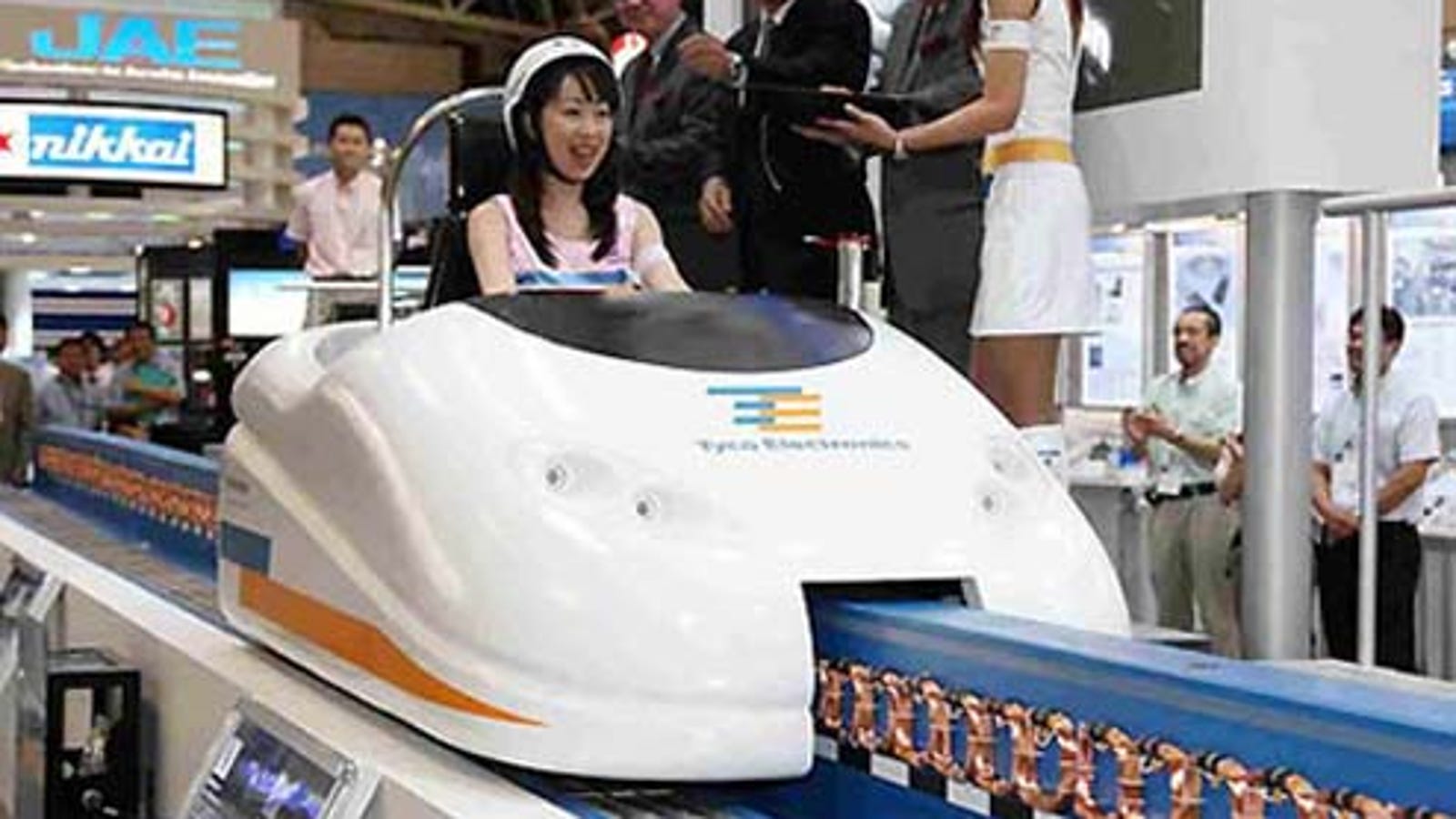Magnetic levitation seems to create a defiance of the laws of gravity. This is made possible and is true only to the extent of the magnet’s pull force (or in this case push force). In other words as long as they are balanced the stronger the magnet is the higher an object will “levitate”. Magnetic Levitation: Hello Instructables community!A while back I published an Instructable for a wireless screen, as part of my GR.9 science fair. Right at the top I mentioned that when the project was done, that I would publish an Instructable on my project, which hap. Magnetic levitation is a recent research hot spot; however, most of the extant configurations use two magnets with like poles facing each other. This paper proposes a novel magnetic levitation configuration that is based on a single ring magnet, and this configuration opens a wide operational space that enables object manipulation and density-based measurement. We develop a mathematical model.
Magnetic Levitation Cup

Graphics by <a href='/node/1332956'>Carly Wilkins</a>, Energy Department.

What if you could travel from New York to Los Angeles in just under seven hours without boarding a plane? It could be possible on a Maglev train.
Magnetic Levitation Trains
Maglev -- short for magnetic levitation -- trains can trace their roots to technology pioneered at Brookhaven National Laboratory. James Powell and Gordon Danby of Brookhaven received the first patent for a magnetically levitated train design in the late 1960s. The idea came to Powell as he sat in a traffic jam, thinking that there must be a better way to travel on land than cars or traditional trains. He dreamed up the idea of using superconducting magnets to levitate a train car. Superconducting magnets are electromagnets that are cooled to extreme temperatures during use, which dramatically increases the power of the magnetic field.
The first commercially operated high-speed superconducting Maglev train opened in Shanghai in 2004, while others are in operation in Japan and South Korea. In the United States, a number of routes are being explored to connect cities such as Baltimore and Washington, D.C.
Magnetic Levitation Device
In Maglev, superconducting magnets suspend a train car above a U-shaped concrete guideway. Like ordinary magnets, these magnets repel one another when matching poles face each other.
